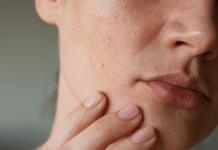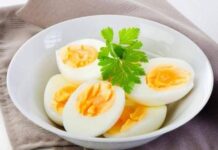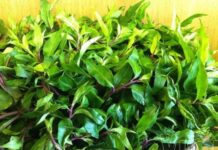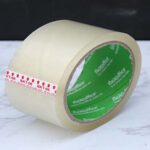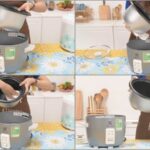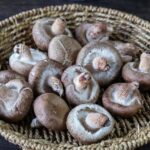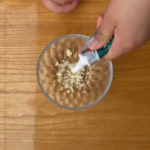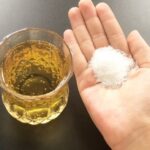Cutting boards are a frequently used kitchen tool, but due to the humid environment and leftover food particles, they can become a breeding ground for mold.
Upon noticing mold on your cutting board, it’s essential to clean it promptly to ensure safe usage.
Should I soak or sun-dry a moldy cutting board to clean it effectively?
– What are the benefits of soaking the cutting board in boiling water?
Soaking in boiling water is an effective method to sterilize most bacteria and mold. It’s also a relatively simple cleaning approach that doesn’t require complicated preparations. All you need to do is boil a pot of water and use it to sanitize your kitchen utensils.
Using boiling water to clean a wooden cutting board is a suitable option.

Both sun-drying and boiling water are effective methods to prevent mold growth on cutting boards.
– What advantages does sun-drying the cutting board offer?
Sunlight contains powerful ultraviolet rays that are effective in killing bacteria and disinfecting surfaces. Additionally, the sun’s rays help reduce moisture on the cutting board’s surface, inhibiting mold growth.
Each method is suitable for different types of cutting boards. For instance, boiling water is ideal for wooden cutting boards, while sun-drying may cause wooden boards to crack due to wood shrinkage.
Regardless of the cleaning method you choose, it’s crucial to pre-clean the cutting board.
Start by using a brush and dish soap to scrub away any visible dirt or mold from the surface.
You can also sprinkle baking soda or salt onto the board, rub it in, and then add a little white vinegar. Use a brush to scrub the board clean before rinsing it with water. Salt and baking soda are great for removing stains and odors while also disinfecting the surface.
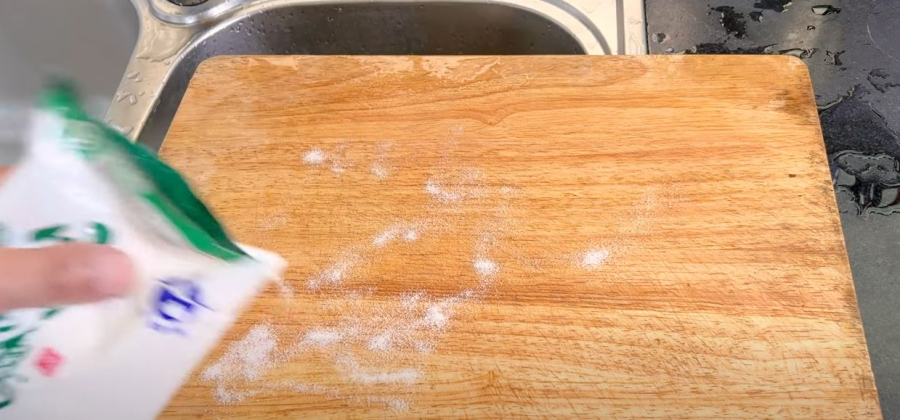
Salt and baking soda can effectively clean a moldy cutting board.
After pre-cleaning, you can choose to either soak the cutting board in boiling water or sun-dry it.
Before storing your cutting board, ensure it’s completely dry. Keep it in a cool, dry place to prevent mold growth. After each use, wash and dry the board promptly.
Additional tips to prevent mold on cutting boards:
– Clean your cutting board immediately after use
It’s essential to clean your cutting board right after using it to limit bacterial growth. This is especially important for boards used for raw meat, fish, and other raw foods.
– Keep your cutting board dry and avoid high-temperature environments
After using and cleaning your cutting board, make sure to wipe it dry and store it in a cool, dry place to prevent mold. Avoid leaving the board in a humid environment.
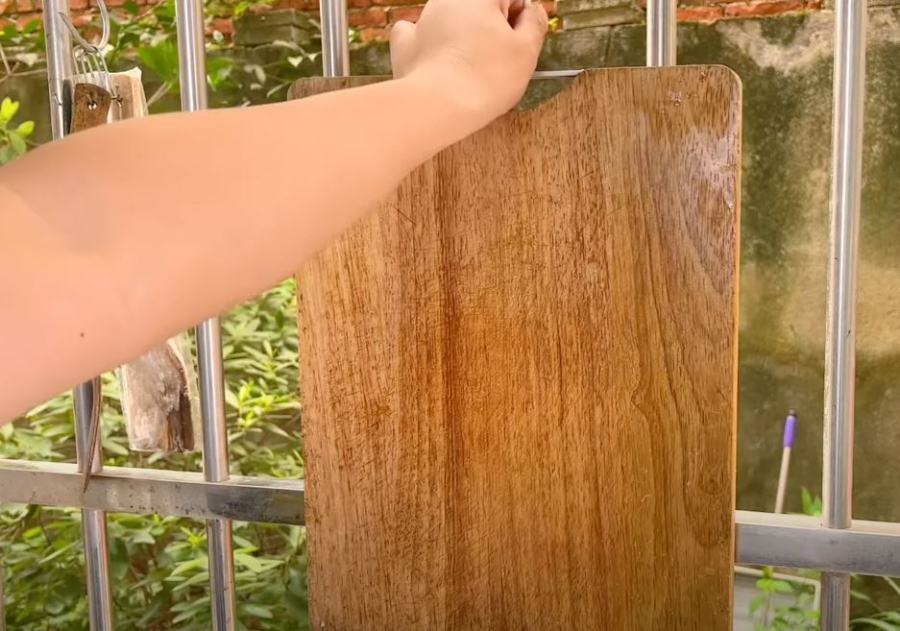
Wash and dry your cutting board after each use, and store it in a dry, well-ventilated area.
– Replace your cutting board periodically
Cutting boards should be replaced periodically, as regular use can cause scratches and cracks, providing hiding spots for bacteria. According to experts, wooden cutting boards should be replaced every 2-5 years, while plastic ones can be replaced every 1-5 years.
Designate specific boards for raw and cooked foods to prevent cross-contamination. Additionally, avoid placing the board in high-temperature areas to prevent warping.
Don’t stack cutting boards on top of each other or keep them in enclosed spaces for extended periods to prevent mold.
– Disinfect your cutting board regularly
In addition to cleaning your cutting board after each use, it’s a good idea to disinfect it regularly. You can use white vinegar or boiling water to kill bacteria and mold. Soaking the board in a disinfectant solution is also effective, especially for boards used for raw food preparation.

